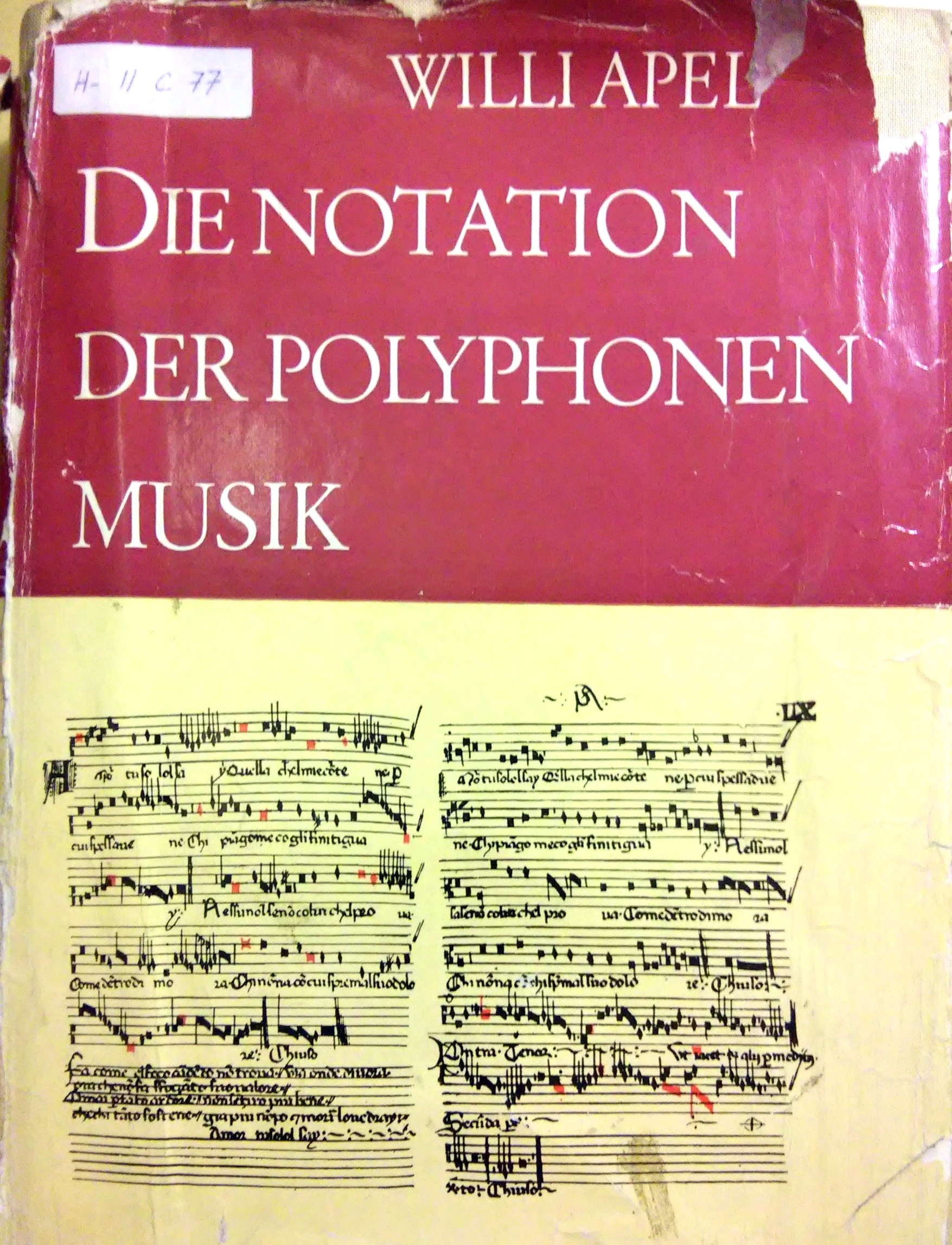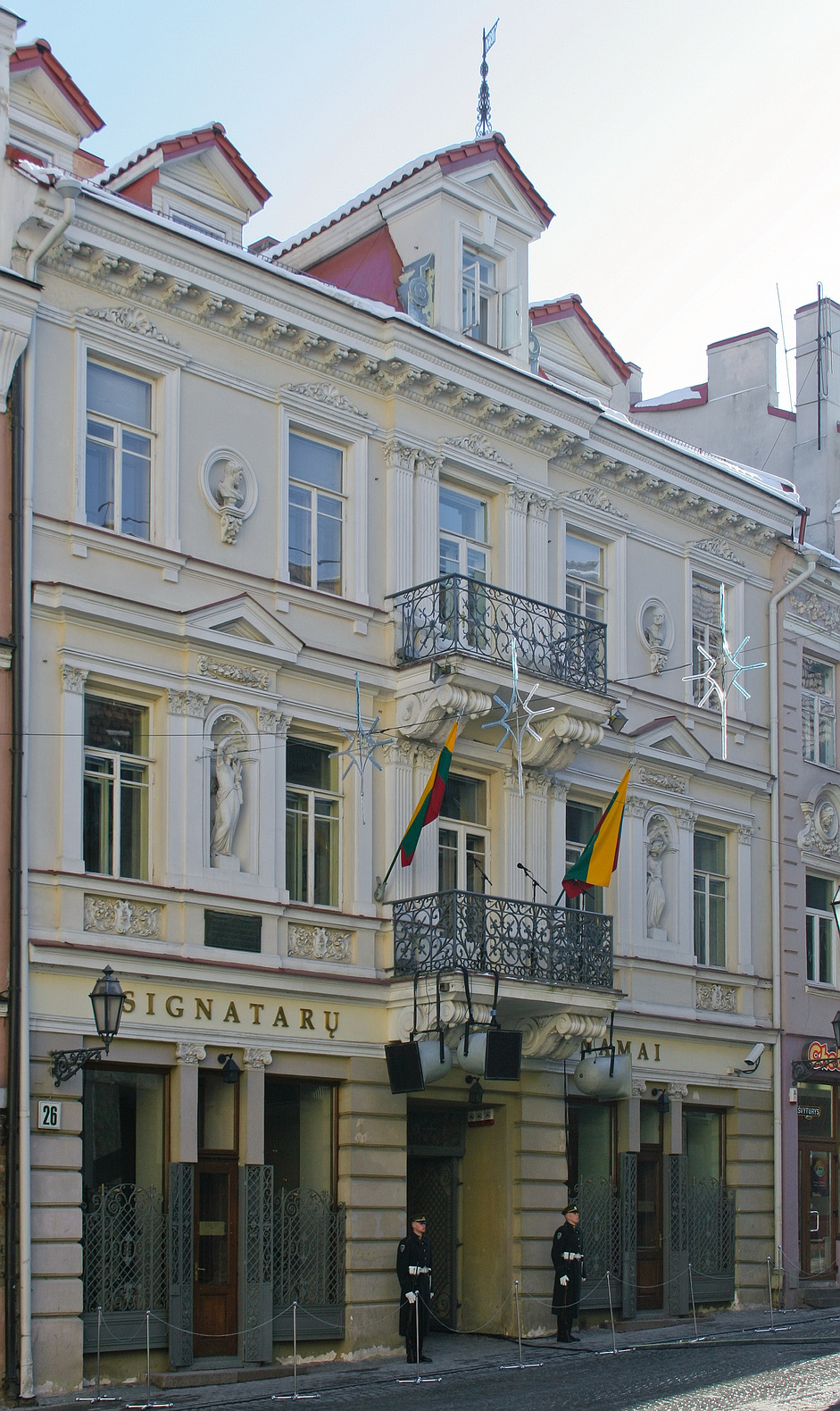|
Pelplin Organ Tablatures
Polish organ tablatures include some of the earliest and most important tablature sources of instrumental music in Europe. Particularly well-known is the Jan z Lublina tablature, which dates from mid-16th century and contains some 250 pieces. Most Polish organ tablatures use the German form of notation. The genres vary from all kinds of liturgical music to dances and vocal intabulations. This article presents a partial list of Polish organ tablatures, in chronological order. Medieval * Augustinians' tablature from Żagań (Sagan) (ca. 1425; also known as Sagan Keyboard MS, Sagan fragment, etc.) :A single leaf containing a Gloria fragment.Caldwell, Grove. The piece is divided into three parts: ''Et in terra pax'', ''Benedictimus te'', and ''Glorificamus te''. The omission of other movements is evidence for early alternatim practice. All of the music is in two voices, the lower voice outlining the chant (Gloria ad lib.I of the Vatican Edition), the upper voice based on octave doubli ... [...More Info...] [...Related Items...] OR: [Wikipedia] [Google] [Baidu] |
Organ Tablature
Organ tablature is a form of musical notation used by the north Germany, German Baroque organ school, although there are also forms of organ tablature from other countries such as Italy, Spain, Poland, and England. Portions of Johann Sebastian Bach's Orgelbüchlein are written in tablature, as are a great deal of the surviving manuscripts of the organ works of Dieterich Buxtehude and other north German organ composers of the Baroque era. The first extant example of keyboard tablature, which was almost certainly for organ, was in the ''Robertsbridge Codex'', from about 1360. Although it is English, it is closely related to the later German tablatures. An early and perhaps seminal example of these organ tablatures is found in the ''Buxheimer Orgelbuch'' (Buxheim Organ Book), compiled in Münich in the 1460s. It reflects the work of Conrad Paumann, a blind organist, lutenist, and composer.Perkins, Leeman L. ''Music in the Age of the Renaissance''. Norton and Company, New York, 1999. Th ... [...More Info...] [...Related Items...] OR: [Wikipedia] [Google] [Baidu] |
Kražiai
Kražiai ( Samogitian: ''Kražē''; pl, Kroże) is a historic town in Lithuania, located in the Kelmė district municipality, between Varniai (32 km) and Raseiniai (44 km), on the Kražantė River. The old town of Kražiai is an archeological and urban monument. History The population in 1959 was 998; ca. 2,000 in 1939; 1,761 in 1897. The town has a secondary school and is a rural community centre. Under the prewar Republic of Lithuania, Kražiai was the township seat of the county of Raseiniai. After World War II it was assigned to the Soviet administrative district of Kelmė. Kražiai is one of the older settlements in Samogitia. Many barrow graves and fortress hills are located in its vicinity. The name of the locality is first mentioned (as ''Crase'') in a 1257 document of King Mindaugas, by which a part of Samogitia was assigned to the Teutonic Order. Vytautas the Great during his first years of rule ceded Samogitia to the Order; the regent he appointed lived ... [...More Info...] [...Related Items...] OR: [Wikipedia] [Google] [Baidu] |
Music Sources
Music is generally defined as the art of arranging sound to create some combination of form, harmony, melody, rhythm or otherwise expressive content. Exact definitions of music vary considerably around the world, though it is an aspect of all human societies, a cultural universal. While scholars agree that music is defined by a few specific elements, there is no consensus on their precise definitions. The creation of music is commonly divided into musical composition, musical improvisation, and musical performance, though the topic itself extends into academic disciplines, criticism, philosophy, and psychology. Music may be performed or improvised using a vast range of instruments, including the human voice. In some musical contexts, a performance or composition may be to some extent improvised. For instance, in Hindustani classical music, the performer plays spontaneously while following a partially defined structure and using characteristic motifs. In modal jazz the ... [...More Info...] [...Related Items...] OR: [Wikipedia] [Google] [Baidu] |
Willi Apel
Willi Apel (10 October 1893 – 14 March 1988) was a German-American musicologist and noted author of a number of books devoted to music. Among his most important publications are the 1944 edition of ''The Harvard Dictionary of Music'' and ''French Secular Music of the Late Fourteenth Century''. Life and career Apel was born in Konitz, West Prussia, now Chojnice in Poland. He studied mathematics from 1912 to 1914, and then again after World War I from 1918 to 1922, in various universities in Weimar Germany. Throughout his studies, he had an interest in music and taught piano lessons. He then turned to music full-time, and essentially taught himself about musicology. He received his Ph.D. in 1936 in Berlin (with a dissertation on 15th and 16th century tonality) and immigrated to the USA the same year. He taught at Harvard from 1938 to 1942, but moved on to spend twenty years at Indiana University beginning in 1950. In 1972 he was awarded an honorary doctorate by the university. ... [...More Info...] [...Related Items...] OR: [Wikipedia] [Google] [Baidu] |
Warsaw
Warsaw ( pl, Warszawa, ), officially the Capital City of Warsaw,, abbreviation: ''m.st. Warszawa'' is the capital and largest city of Poland. The metropolis stands on the River Vistula in east-central Poland, and its population is officially estimated at 1.86 million residents within a greater metropolitan area of 3.1 million residents, which makes Warsaw the 7th most-populous city in the European Union. The city area measures and comprises 18 districts, while the metropolitan area covers . Warsaw is an Alpha global city, a major cultural, political and economic hub, and the country's seat of government. Warsaw traces its origins to a small fishing town in Masovia. The city rose to prominence in the late 16th century, when Sigismund III decided to move the Polish capital and his royal court from Kraków. Warsaw served as the de facto capital of the Polish–Lithuanian Commonwealth until 1795, and subsequently as the seat of Napoleon's Duchy of Warsaw. Th ... [...More Info...] [...Related Items...] OR: [Wikipedia] [Google] [Baidu] |
Polotsk
Polotsk (russian: По́лоцк; be, По́лацк, translit=Polatsk (BGN/PCGN), Polack (official transliteration); lt, Polockas; pl, Połock) is a historical city in Belarus, situated on the Dvina River. It is the center of the Polotsk District in Vitsebsk Voblast. Its population is more than 80,000 people. It is served by Polotsk Airport and Borovitsy air base. Nomenclature The Old East Slavic name, ''Polotesk'', derives from the Polota river, which flows into the neighboring Western Dvina. The Vikings rendered that name as ''Palteskja''. History Polotsk is one of the most ancient cities of the Eastern Slavs. The '' Primary Chronicle'' (a history of Kievan Rus' from about 850 to 1110, compiled in Kiev about 1113) listed Polotsk in 862 (as Полотескъ, /poloteskŭ/), together with Murom and Belozersk. However, an archaeological expedition from the Institute of History of the National Academy of Sciences of Belarus suggests that Polotsk existed in th ... [...More Info...] [...Related Items...] OR: [Wikipedia] [Google] [Baidu] |
Sapieha
The House of Sapieha (; be, Сапега, ''Sapieha''; lt, Sapiega) is a Polish-Lithuanian noble and magnate family of Lithuanian and Ruthenian origin,Энцыклапедыя ВКЛ. Т.2, арт. "Сапегі" descending from the medieval boyars of Smolensk and Polotsk. Vernadsky, George. ''A History of Russia''. New Haven. Connecticut: Yale University Press. 1961online/ref> The family acquired great influence and wealth in the Polish–Lithuanian Commonwealth during the 16th century. History The first confirmed records of the Sapieha family date back to the 15th century, when Semen Sopiha ( be, Сямён Сапега) was mentioned as a writer (scribe) of the then King of Poland and Grand Duke of Lithuania, Casimir IV Jagiellon ( pl, Kazimierz IV Jagiellończyk) for the period of 1441–49. Semen had two sons, Bohdan and Iwan. Possibly, the family of Semen Sopiha owned the village of Sopieszyno near Gdansk, which they left because of the Teutonic invasion. Sopies ... [...More Info...] [...Related Items...] OR: [Wikipedia] [Google] [Baidu] |
Vilnius
Vilnius ( , ; see also other names) is the capital and largest city of Lithuania, with a population of 592,389 (according to the state register) or 625,107 (according to the municipality of Vilnius). The population of Vilnius's functional urban area, which stretches beyond the city limits, is estimated at 718,507 (as of 2020), while according to the Vilnius territorial health insurance fund, there were 753,875 permanent inhabitants as of November 2022 in Vilnius city and Vilnius district municipalities combined. Vilnius is situated in southeastern Lithuania and is the second-largest city in the Baltic states, but according to the Bank of Latvia is expected to become the largest before 2025. It is the seat of Lithuania's national government and the Vilnius District Municipality. Vilnius is known for the architecture in its Old Town, declared a UNESCO World Heritage Site in 1994. The city was noted for its multicultural population already in the time of the Polish–Li ... [...More Info...] [...Related Items...] OR: [Wikipedia] [Google] [Baidu] |
Pelplin
Pelplin (; csb, Pôłplëno; formerly German also: ''Pelplin'') is a town in northern Poland, in the Tczew County, Pomeranian Voivodship. Population: 8,320 (2009). Pelplin is located in the ethnocultural region of Kociewie in Pomerania. It is home to one of the finest collections of medieval art in Poland held at the Diocesan Museum in Pelplin.Diocesan Museum in Pelplin. Homepage. It is known for the landmark Pelplin Cathedral, former abbey church, one of the largest Gothic churches in Poland. The former [...More Info...] [...Related Items...] OR: [Wikipedia] [Google] [Baidu] |
Braniewo
Braniewo () (german: Braunsberg in Ostpreußen, la, Brunsberga, Old Prussian: ''Brus'', lt, Prūsa), is a town in northern Poland, in Warmia, in the Warmian-Masurian Voivodeship, with a population of 16,907 as of June 2021. It is the capital of Braniewo County. Braniewo is the second biggest city of Warmia after Olsztyn and one of the historical centers of the region. Location Braniewo lies on the Pasłęka River about 5 km from the Vistula Lagoon, about 35 km northeast of Elbląg and southwest of Kaliningrad ( pl, Królewiec). The Polish border with Russia's Kaliningrad Oblast lies 6 km north, and may be reached from Braniewo via National road 54. History Middle Ages According to the German geographer Johann Friedrich Goldbeck (1748-1812), the town originally was named Brunsberg after Bruno von Schauenburg (1205–1281), bishop of Olomouc in Moravia, who accompanied King Ottokar II of Bohemia in 1254 and 1267 when the latter participated in the c ... [...More Info...] [...Related Items...] OR: [Wikipedia] [Google] [Baidu] |
Braunsberg
Braniewo () (german: Braunsberg in Ostpreußen, la, Brunsberga, Old Prussian: ''Brus'', lt, Prūsa), is a town in northern Poland, in Warmia, in the Warmian-Masurian Voivodeship, with a population of 16,907 as of June 2021. It is the capital of Braniewo County. Braniewo is the second biggest city of Warmia after Olsztyn and one of the historical centers of the region. Location Braniewo lies on the Pasłęka River about 5 km from the Vistula Lagoon, about 35 km northeast of Elbląg and southwest of Kaliningrad ( pl, Królewiec). The Polish border with Russia's Kaliningrad Oblast lies 6 km north, and may be reached from Braniewo via National road 54. History Middle Ages According to the German geographer Johann Friedrich Goldbeck (1748-1812), the town originally was named Brunsberg after Bruno von Schauenburg (1205–1281), bishop of Olomouc in Moravia, who accompanied King Ottokar II of Bohemia in 1254 and 1267 when the latter participated i ... [...More Info...] [...Related Items...] OR: [Wikipedia] [Google] [Baidu] |
.jpg)



.png)


